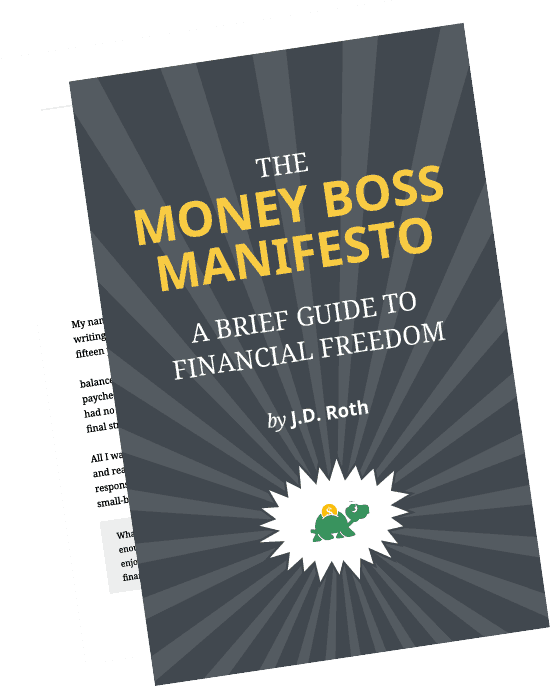Want to save on groceries? Cook like a peasant
Ever notice how most cultures have their own take on rice? Risotto in Italy, Spanish rice in Mexico, dirty rice in New Orleans, paella in Spain — all have a history as peasant food.
In fact, it could be argued that some of the most famous (and delicious) meals were invented by people who were short on time, money, and resources and had to make do with what was available.
For example, ribollita, a Tuscan soup, is made with leftover bread and vegetable soup, but it makes me wish I had day-old minestrone and stale bread in the house more often. It's the best kind of comfort food.
Consider the following dishes:
Ribollita
The name means reboiled, and though there are many variations, the dish always includes leftover bread, inexpensive vegetables like cabbage and onion, and cannellini beans. During the Middle Ages, only the wealthy could afford meat. Peasants had to make do with whatever was available and often combined stale bread with vegetables to make soup. There's no one way to do it, making it a simple dish that's hard to screw up. If you prefer to use a recipe, here's one from Chef Mario Batali, but the real money-saving ribollita is the one a peasant would make, using your leftover ingredients.
Ratatouille
The flavors of late-summer and fall produce (tomatoes, garlic, onions, zucchini, eggplant, bell peppers, and herbs) are deepened in this traditional dish from Nice. Add a slice of a crusty bread and you're set. There's debate on the right way to make it — sauté the vegetables together or sauté separately and combine them before serving? I've had both and wouldn't turn down either. I'm not a stickler for tradition when it comes to food; in fact, my introduction to ratatouille was a Jacques Pépin riff — he served it on penne pasta.
Bibimbap
This signature Korean dish means “mixed rice” or “mixed meal,” and is typically made with steamed rice, vegetables, a raw or fried egg, and sliced meat. Served hot or cold and easy to prepare, it was voted one of the world's 50 most delicious foods in a 2011 CNN poll. One theory about its origins is that it was a meal made for peasants during the farming season, when long days in the rice field necessitated a single bowl of rice with side dishes thrown in. Here's how to make bibimbap in 10 steps.
Frittatas
If peasant food is about taking cheap ingredients and transforming them into something more substantial, a frittata surely fits the bill. If you have vegetables on the verge of going bad, broil them, whisk in some eggs, and in 15 minutes or so you have a meal. The variations are endless, but here's a five-ingredient chickpea and rosemary frittata recipe for inspiration.
Fajitas
Compared with ingredients like cabbage and rice, meat is expensive. But if you embrace cheaper, less popular cuts of meat, like pork shoulder and chicken thighs, you can keep your grocery bill down and still eat like a king (or, um, a peasant?). Flank steak, for example, becomes fajitas when you marinade it and add chiles, lime, and cilantro, all wrapped up in a tortilla, of course. I don't use a recipe for fajitas, but this one is pretty close to how we make 'em at home.
Of course, if you're reading this, you won't truly cook like a peasant. You probably have more than five ingredients in your kitchen, not to mention supermarkets nearby with almost every ingredient imaginable. So I suggest keeping a few less-than-peasant-like staples on hand to make it easier to throw together a meal. The following ingredients are always in our kitchen and add serious flavor and interest to meals:
- Bacon. You can throw it in a frittata, make real bacon bits for a more satisfying salad, or use it to start a pasta sauce base. Chopped bacon with onion and red pepper flakes is the start of so many good things.
- A good bottle of extra-virgin olive oil, as fresh-from-the-press as possible. We buy ours from a specialty shop that imports oils three weeks after pressing, and it makes a huge difference. Salad dressings are more flavorful, and it puts the finishing touch on homemade pizza. To keep costs down, we save it for vinaigrette and to finish meals and use cheaper olive oil for cooking.
- A variety of salty ingredients. Sure, there's plain old salt, but capers, anchovies, fish sauce, soy sauce, olives, and Parmesan also add that all-important salt flavor to your food.
Even though we don't live the peasant life (thank goodness!), by following the same principles — cheap, filling ingredients and meals meant to stretch whatever was on hand — you can slash your food expenses without sacrificing flavor. I submit you'd be hard-pressed to find someone who thinks eating fajitas is an unpleasant way to reduce the grocery bill. In Texas, we'd call that loco en la cabeza.
What meals do you make that use inexpensive ingredients and feed the whole family? What are your most useful staples?
Become A Money Boss And Join 15,000 Others
Subscribe to the GRS Insider (FREE) and we’ll give you a copy of the Money Boss Manifesto (also FREE)

